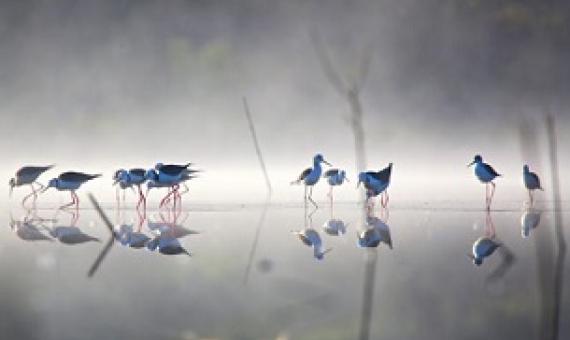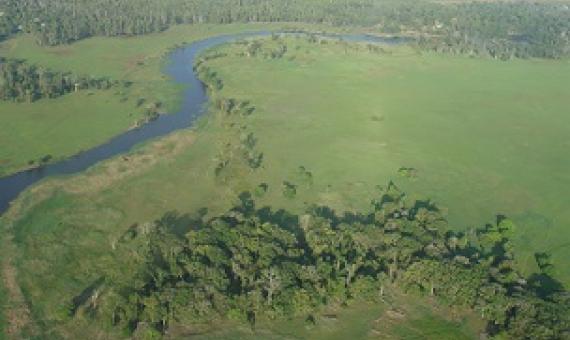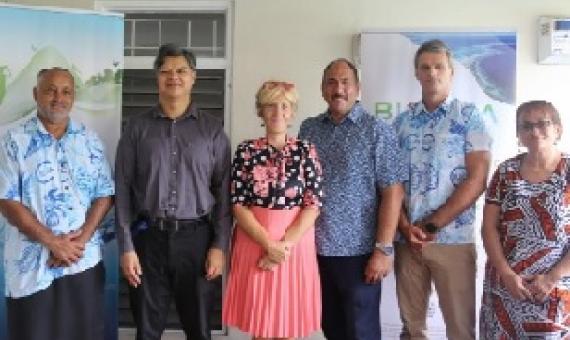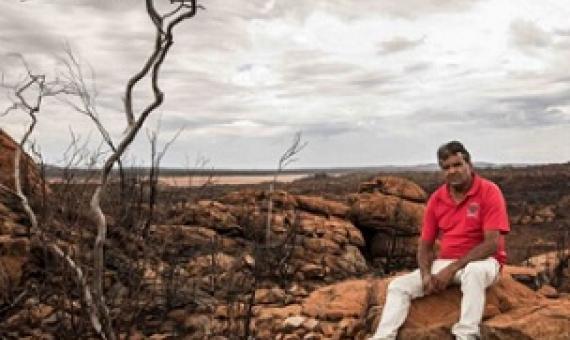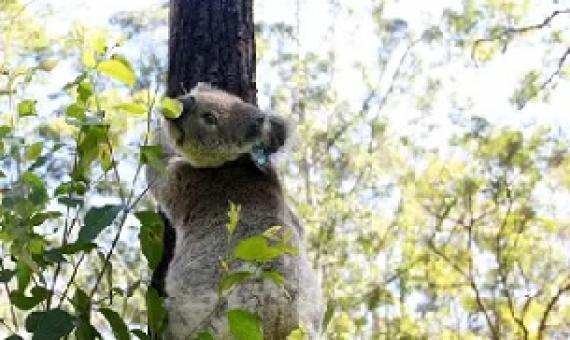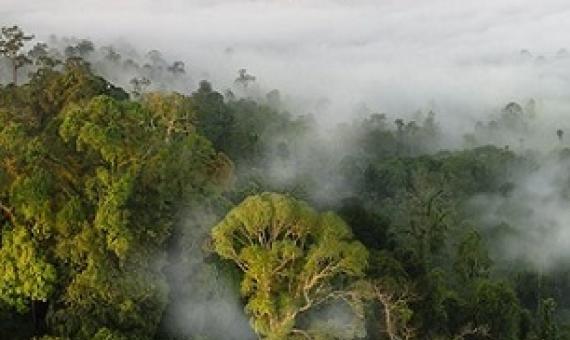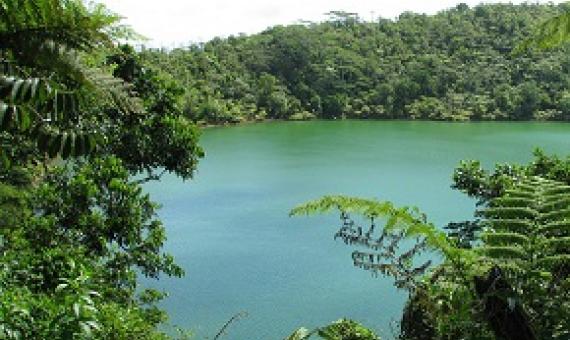In Organ Pipe Cactus National Monument, Arizona, you can find more than 30 species of cactus, including the saguaro, desert giants that tower over the landscape and live for centuries...This UNESCO Biosphere Reserve lies right on the United States-Mexico Border, previously demarcated only by
The Campaign for Nature’s goal of protecting at least 30% of our land and oceans by 2030 can only be achieved with full respect of Indigenous Peoples’ rights and with the leadership of Indigenous Peoples and Local Communities around the world.
A 2017 assessment found management effectiveness of Papua New Guinea’s protected areas to be “very low,” with no systemic improvement of on-the-ground delivery since 2006 when a similar study was conducted...
IUCN Oceania, through the Biodiversity and Protected Areas Management (BIOPAMA) programme has awarded the National Trust of Fiji (NTF) a grant worth sixty-eight thousand euros or FJD 171,000 to support on ground action in Fiji’s protected areas...The sites that will benefit from this work are Wai
Area-based conservation in the twenty-first century
Humanity will soon define a new era for nature—one that seeks to transform decades of underwhelming responses to the global biodiversity crisis. Area-based conservation efforts, which include both protected areas and other effective area-based conservation measures, are likely to extend and diversify. However, persistent shortfalls in ecological representation and management effectiveness diminish the potential role of area-based conservation in stemming biodiversity loss.
Two sites in Western Australia amassing to an area larger than Tasmania have been placed in the care of traditional owners. The land totalling seven million hectares has been declared Indigenous Protected Areas and dedicated to the National Reserve System.
The Forestry Corporation of New South Wales could face more than $1m in fines for the alleged illegal logging of trees in protected areas, including koala habitat, in the state’s north.
We are now taking applications for our next scholarship cohort. You can find the list of eligible courses on our Current Courses page.
SESSION 3A "Protected Area Rangers on the Front Lines of COVID-19: Opportunities and Challenges" invites you to learn from the experiences of park rangers on the front lines as they face opportunities and challenges due to the current pandemic.
We are currently living in the sixth mass extinction. Species are being lost at an alarming rate. Protected areas guard critical habitat for species so that they can thrive in nature, unimpacted by human disturbance.


